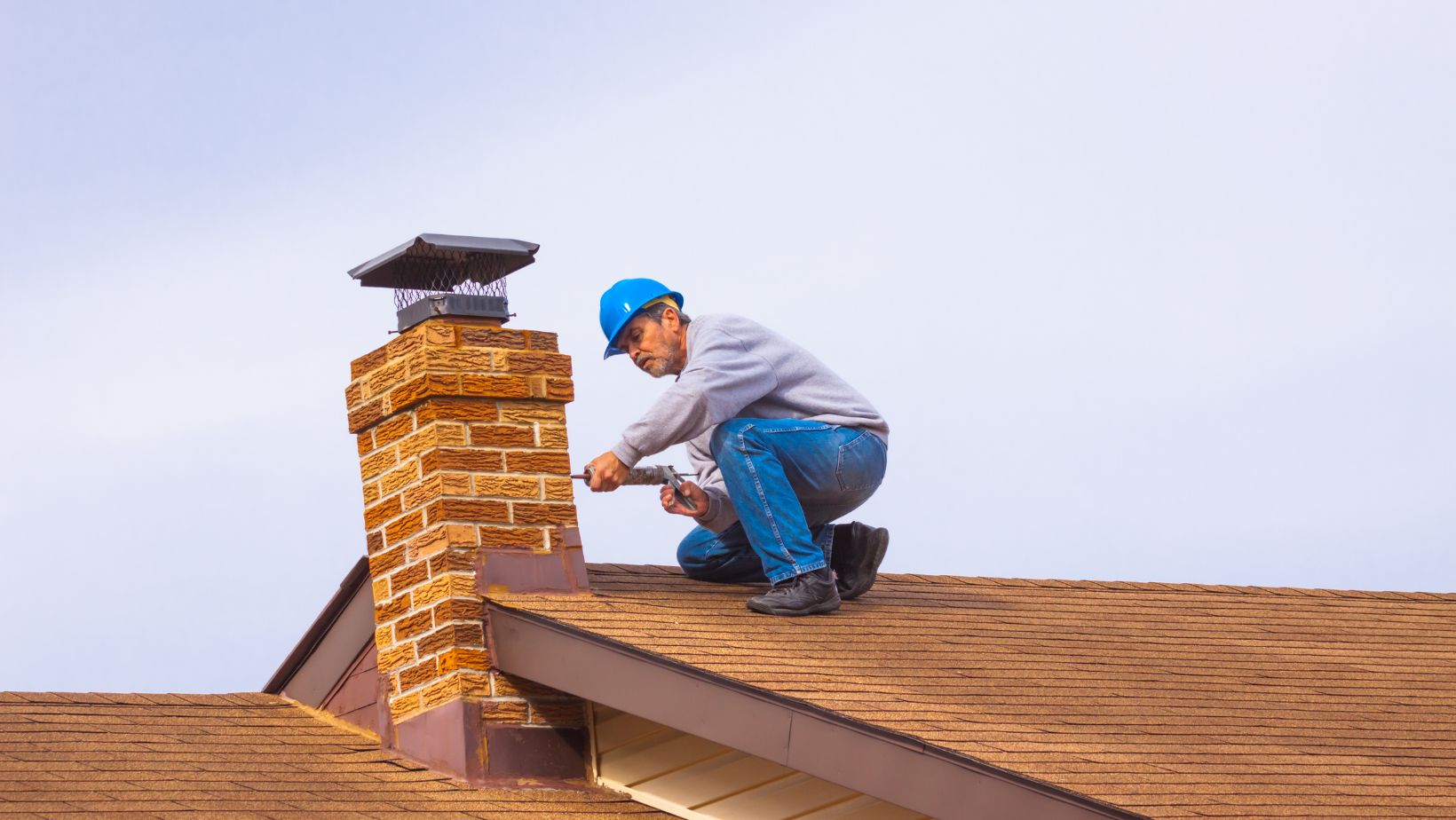Eavestroughs, also known as gutters, play a vital role in protecting your home from water damage by directing rainwater away from the foundation. In Markham, where the weather can be unpredictable, maintaining your eavestroughs is essential to prevent costly repairs down the line. Whether you’re dealing with clogs, leaks, or sagging gutters, here are some of the best DIY tips for eavestrough repair in Markham to keep your gutters in tip-top shape.
Regular Cleaning and Maintenance
One of the most crucial aspects of eavestrough maintenance is regular cleaning. Debris such as leaves, twigs, and dirt can accumulate over time, leading to clogs that prevent proper water flow. To clean your eavestroughs, follow these steps:
- Safety First: Use a sturdy ladder and wear gloves to protect your hands from sharp objects.
- Remove Debris: Start by manually removing large debris using a scoop or your hands.
- Flush with Water: Use a garden hose to flush out any remaining dirt and smaller debris. This will also help you spot any leaks or blockages.
- Inspect for Damage: While cleaning, inspect the gutters for signs of rust, cracks, or sagging. Addressing these issues early can prevent more significant problems later on.
Fixing Leaks and Holes
Leaks and holes in your eavestroughs can lead to water damage on your home’s exterior and foundation. Here’s how to fix them:
- Identify the Leak: After cleaning the eavestroughs, run water through them to identify the source of the leak.
- Seal Small Holes: For small holes, use a waterproof sealant or gutter caulk. Apply the sealant to the affected area and smooth it out with a putty knife.
- Patch Larger Holes: For larger holes, use a patch kit specifically designed for gutters and closely follow the directions.
Repairing Sagging Eavestroughs
Sagging eavestroughs can lead to improper water drainage and potential overflow. This issue is often caused by loose or damaged hangers. To fix sagging gutters:
- Check the Hangers: Inspect the hangers that secure the eavestroughs to the fascia board. If they are loose or damaged, tighten or replace them.

- Add Additional Supports: If the eavestroughs continue to sag, consider adding additional hangers or brackets to provide extra support.
- Ensure Proper Slope: Eavestroughs should have a slight slope toward the downspouts to ensure water flows correctly. If necessary, adjust the hangers to achieve the right slope.
Downspout Maintenance
Downspouts are critical for directing water away from your home’s foundation. If they become clogged or disconnected, water can pool around your home, leading to foundation damage. Here’s how to maintain your downspouts:
- Clear Blockages: Use a plumber’s snake or a high-pressure hose to clear any clogs in the downspouts.
- Secure Loose Connections: Check the connections between the downspouts and the eavestroughs. If they are loose, secure them with screws or brackets.

- Extend Downspouts: Ensure that downspouts extend at least 3-4 feet away from the foundation. You can add extensions if necessary to divert water further away.
Preventative Measures
To reduce the frequency of repairs, consider these preventative measures:
- Install Gutter Guards: Gutter guards help prevent debris from entering your eavestroughs, reducing the need for frequent cleaning.
- Trim Overhanging Branches: Trim back any tree branches that hang over your roof to minimize the amount of debris that falls into the eavestroughs.
Conclusion
Maintaining your eavestroughs is a crucial part of home maintenance in Markham, where the weather can be unpredictable. By following these DIY tips, you can ensure your eavestroughs remain in good condition, protecting your home from water damage and saving you from costly repairs.






